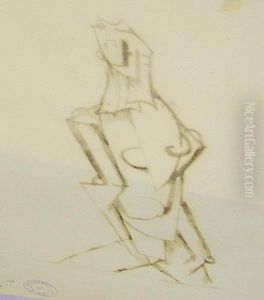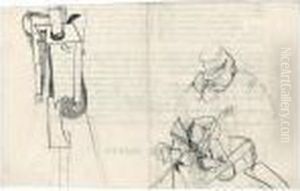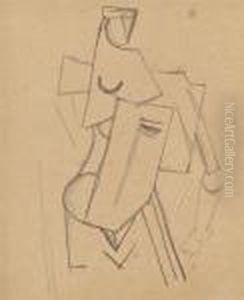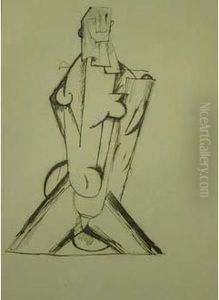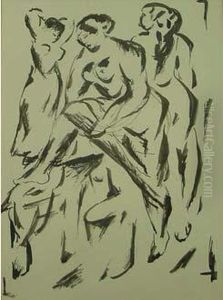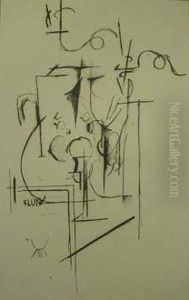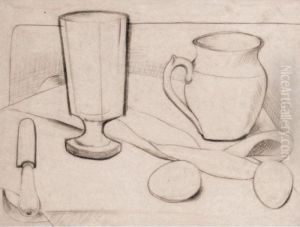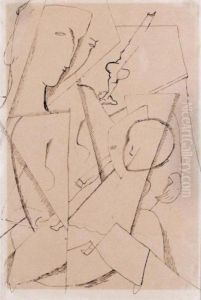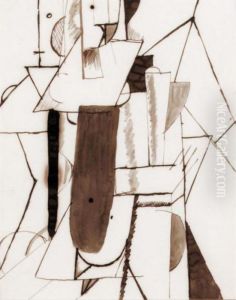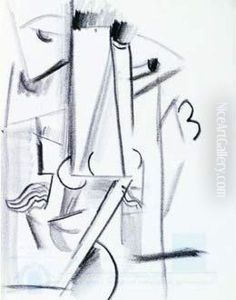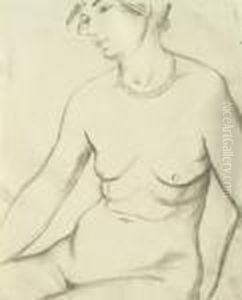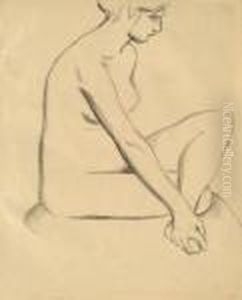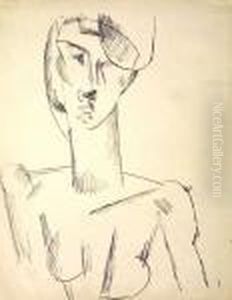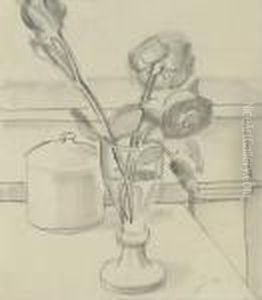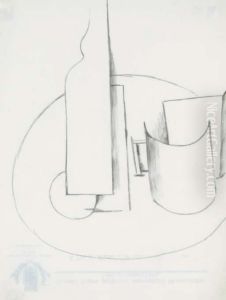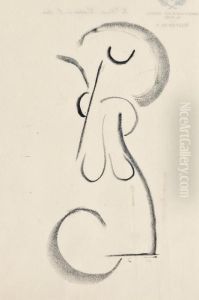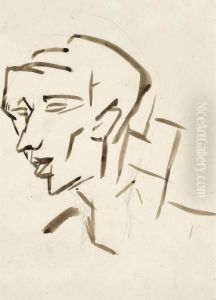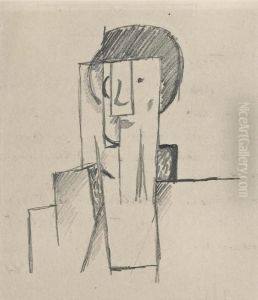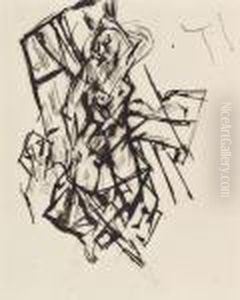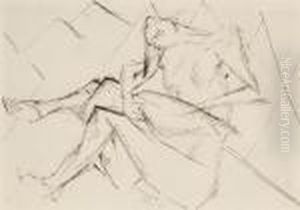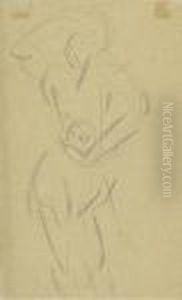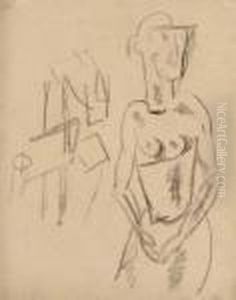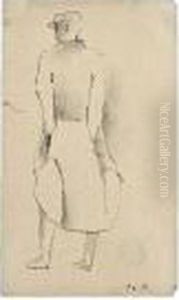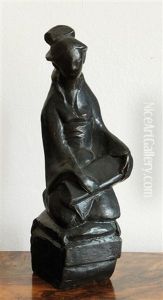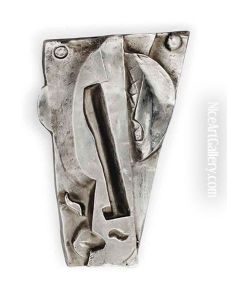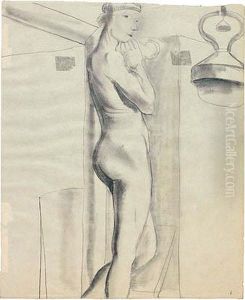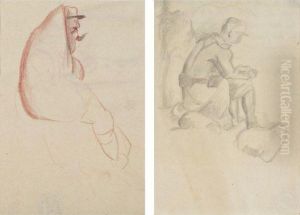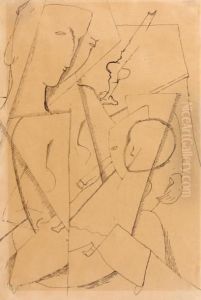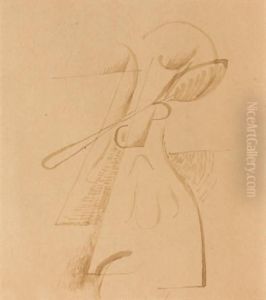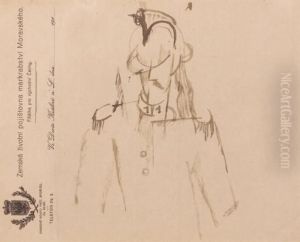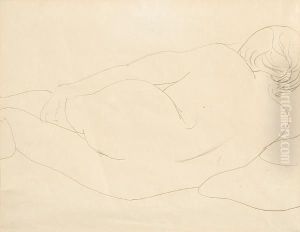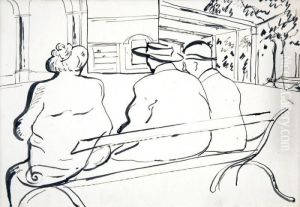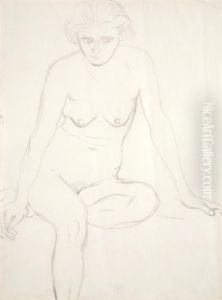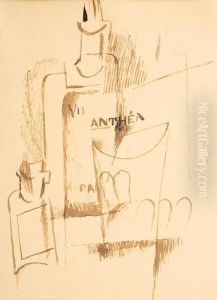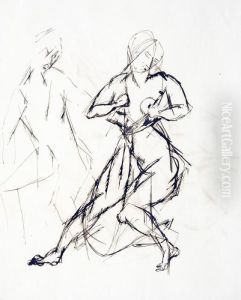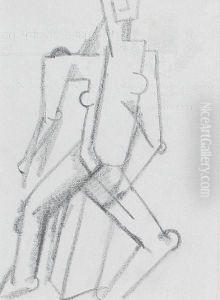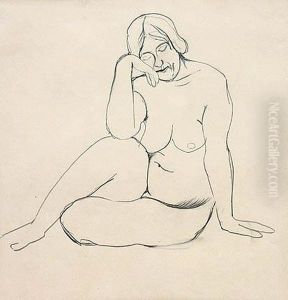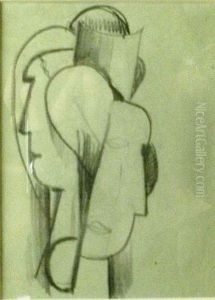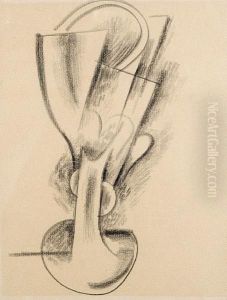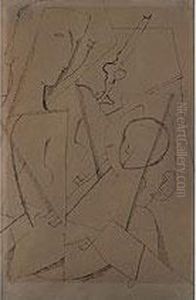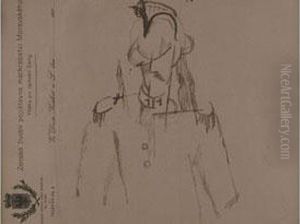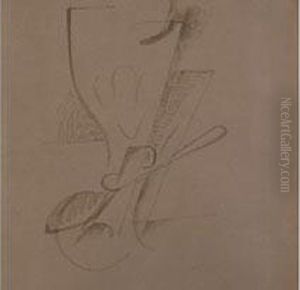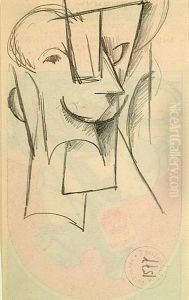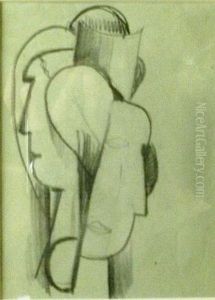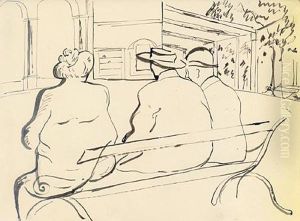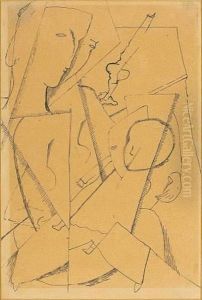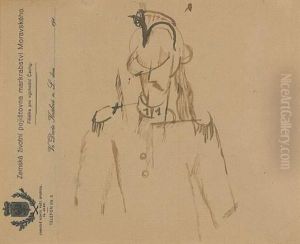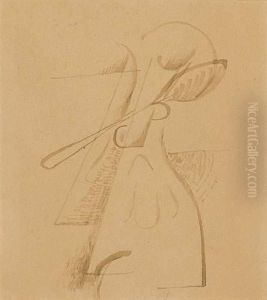Otto Gutfreund Paintings
Otto Gutfreund was a Czech sculptor born on August 3, 1889, in Dvůr Králové nad Labem, then part of the Austro-Hungarian Empire. He is considered a pioneer of modern sculpture and is noted for his contribution to Cubist sculpture. Gutfreund's early work was influenced by the figurative style, but his later pieces showcased a complete embrace of the avant-garde movement, particularly Cubism.
After studying at the School of Applied Arts in Prague, Gutfreund continued his education at the École des Beaux-Arts in Paris. It was during his time in Paris, from 1910 to 1914, that he was significantly influenced by the burgeoning Cubist movement, led by artists such as Pablo Picasso and Georges Braque. His exposure to Cubism is evident in his work from this period, which is characterized by the fragmentation of forms and incorporation of multiple perspectives.
Gutfreund served in World War I, and his experiences in the war had a profound effect on his art. After returning to Czechoslovakia, his work became more expressive and less rigidly cubist. He became an influential figure in the Czech avant-garde and participated in the group 'Sursum,' which was a collective of artists and architects. He was also a member of the Mánes Union of Fine Arts and contributed to the development of modern Czech sculpture.
Gutfreund's sculptures often combined elements of machinery and human figures, and he was known for his unique ability to capture dynamic movement and tension within his works. Some of his most notable works include 'Don Quijote,' 'Cellist,' and 'Viki' (a bust of his wife), which demonstrate his mastery of both form and material.
Tragically, Otto Gutfreund died prematurely at the age of 38 on June 2, 1927, in Prague. Despite his brief career, his innovative approach to sculpture and his influence on the Czech art scene have made him a significant figure in early 20th-century art. His legacy continues to be celebrated in the Czech Republic and by art historians worldwide.
